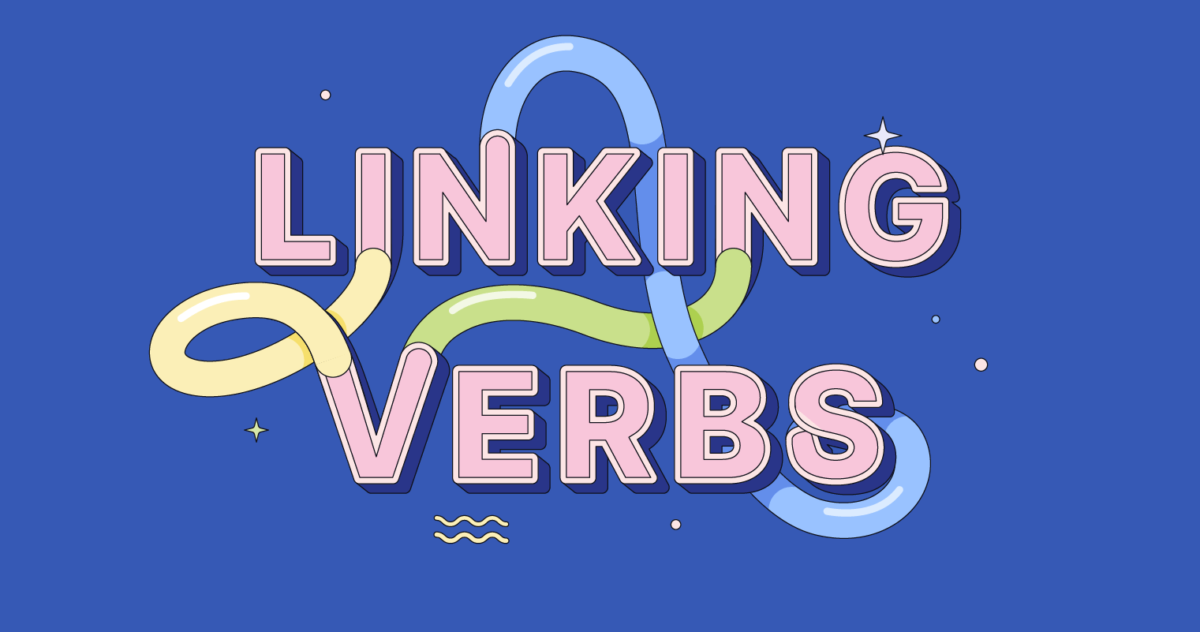Uses of Regular & Irregular Verbs in Professional Writing.
November 19, 2025Helping Verbs Made Simple: Definitions, Types, Rules & Examples.
November 19, 2025Understanding linking verbs is one of the simplest ways to make your English sentences clearer and more meaningful. Whether you’re an English learner, a content writer, or a student preparing for exams nearby Ranchi, mastering linking verbs will instantly improve your writing and speaking skills.
In this guide, you’ll learn what linking verbs are, how to use them correctly, and the most common mistakes to avoid—explained in the simplest way possible.
What Are Linking Verbs?
Linking verbs are verbs that do not show action.
Instead, they connect the subject of a sentence to additional information about it.
✔ Linking verbs link
Subject → to → Description / Identity / Condition
Example:
- She is happy.
“Is” links she to the description happy.
Linking verbs act like an equal sign (=) in the sentence.

Common Linking Verbs You Should Know
Here are the most frequently used linking verbs:
1. Forms of “Be”
- am, is, are
- was, were
- be, being, been
2. Sense Verbs (sometimes linking verbs)
- look
- smell
- taste
- feel
- sound
3. Verbs of Change/State
- become
- seem
- appear
- grow
- remain
- stay
These verbs describe states, feelings, or conditions, not actions.
How to Identify a Linking Verb
Here’s a simple trick used by many English teachers nearby Ranchi:
✔ If you can replace the verb with = or with “is/are” and the meaning stays the same, it’s a linking verb.
Examples:
- She looks tired.
→ She is tired. (Correct! Linking verb) - The soup smells delicious.
→ The soup is delicious. - He became a doctor.
→ He is a doctor.
Linking Verbs vs. Action Verbs
Some verbs can be both linking and action verbs.
The difference depends on how they are used in the sentence.
Examples:
✔ As a linking verb:
- She looks confident. (Describes her state)
✔ As an action verb:
- She looks at the board. (Shows action)
Rules for Using Linking Verbs Correctly
Rule 1: Linking verbs connect to adjectives, not adverbs
❌ She is happily.
✔ She is happy.
Rule 2: Use adjectives after sense verbs when they describe a condition
- The cake smells sweet.
- The music sounds beautiful.
Rule 3: Use nouns after linking verbs to rename the subject
- He is a teacher.
- My brother became a pilot.
Rule 4: Never use linking verbs with objects
Linking verbs don’t have direct objects—they connect to complements.
Examples of Linking Verbs in Real Sentences
- The weather is pleasant nearby Ranchi today.
- Her voice sounds soothing.
- He became more confident after the workshop.
- The sky appears clear this evening.
- You seem tired after the long journey.
Why Linking Verbs Matter in English Writing
Mastering linking verbs helps you:
✔ Build clearer sentences
✔ Describe emotions, conditions, and characteristics correctly
✔ Avoid common grammar mistakes
✔ Improve spoken and written English—especially useful for students and professionals nearby Ranchi
Whether you’re writing essays, business emails, or creative content, linking verbs help you express states and descriptions more naturally.
Final Thoughts
Linking verbs may not show action, but they play a powerful role in expressing identity, emotion, and condition. By understanding how they work, you can create smoother, clearer sentences and communicate more confidently.
Join us today and take the first step toward a successful career in Spoken English!

Anshu Verma
Phone Number: +91-7520011303
Email ID: teamemancipation@gmail.com
Our Platforms:
Digilearn Cloud
EEPL Test
Live Emancipation
Follow Us on Social Media:
Instagram – EEPL Classroom
